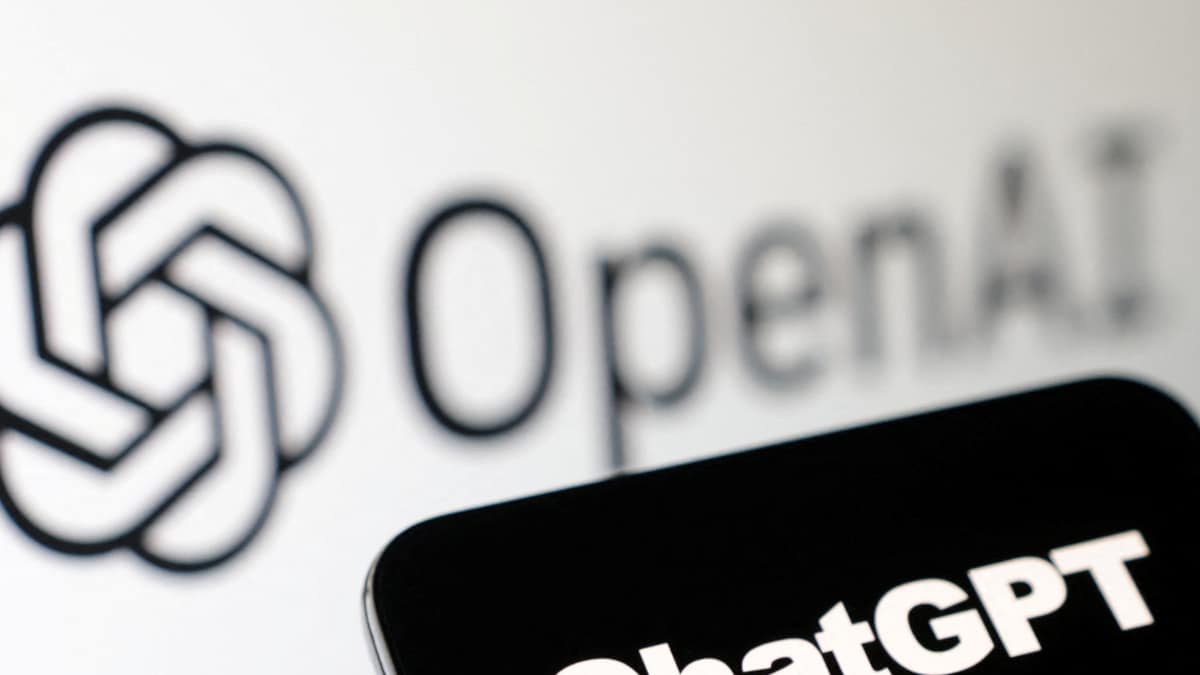Nvidia CEO Jensen Huang launches flagship AI chip B200, aiming to expand dominance
Nvidia CEO Jensen Huang made a series of announcements at the company’s annual developers conference on Monday aimed at maintaining the chipmaker’s dominance in the artificial intelligence industry.
On a hockey arena stage in the heart of Silicon Valley, Huang introduced Nvidia’s latest chip, which is 30 times faster than its predecessor on some tasks.
He also detailed a new set of software tools to help developers more easily sell artificial intelligence models to companies using Nvidia technology, whose customers include most of the world’s largest technology companies.
Nvidia’s chip and software announcements at GTC 2024 will help determine whether the company can maintain its 80% AI chip market share.
“I hope you realize this is not a concert,” Huang said, wearing his signature leather jacket, joking that the day’s keynote address would be filled with intense math and science.
It’s a testament to how Nvidia, once well-known among computer game enthusiasts, has earned recognition on a par with tech giants like Microsoft and become a Wall Street powerhouse, with sales more than doubling to more than $60 billion in its most recent fiscal year.
Nvidia’s new flagship chip, called the B200, takes two square pieces of silicon the size of the company’s previous products and bonds them together to form a single component.
While the B200 “Blackwell” chip is 30 times faster at tasks like providing answers to chatbots, Huang didn’t detail how well it performs when crunching large amounts of data to train these chatbots – a job that Nvidia already sells That’s where much of the momentum for the surge comes from. He also did not disclose pricing details.
All in all, Huang’s announcement failed to provide new momentum for Nvidia’s stock price, which has surged 240% in the past 12 months, making it the third-largest company by market capitalization in the U.S. stock market, behind Microsoft and Apple. Nvidia shares fell 1.4% in after-hours trading, while Super Micro Computer, which uses Nvidia chips to make artificial intelligence-optimized servers, fell 4%. Advanced Micro Devices shares fell nearly 3% during the keynote.
Tom Plumb, CEO and portfolio manager of Plumb Funds, whose largest holdings include Nvidia, said Blackwell chips were no surprise.
“But it emphasizes that this company is still at the forefront and leader of all things graphics processing. That doesn’t mean the market won’t be big enough for AMD and others to get into. But it shows that their lead is quite difficult to overcome ,” Plum said.
Nvidia said major customers including Amazon, Alphabet’s Google, Microsoft, OpenAI and Oracle are expected to use the new chip in the cloud computing services they sell as well as in their own artificial intelligence products.
Nvidia is also shifting from selling individual chips to selling overall systems. Its latest version is equipped with 72 AI chips and 36 CPUs. It contains a total of 600,000 parts and weighs 3,000 pounds (1,361 kilograms).
Many analysts expect Nvidia’s market share to drop a few percentage points in 2024 as rivals launch new products and Nvidia’s largest customers produce their own chips.
Insider Intelligence analyst Jason Bourne said: “Competitors such as AMD, Intel, startups and even the big tech companies’ own chip ambitions could eat into Nvidia’s market share, especially in cost-conscious enterprises among customers.”
Although Nvidia is best known for its hardware products, the company also develops a number of software products.
New software tools called microservices can make systems more efficient for a variety of purposes, making it easier for businesses to incorporate artificial intelligence models into their work, just as a good computer operating system helps applications run well.
In addition to AI software, Nvidia is also delving deeper into software that uses 3D models to simulate the physical world. Huang also announced partnerships with design software companies Ansys, Cadence and Synopsys for his design work on cars, jets and products. Shares of the three companies rose about 3% in intraday trading following Huang’s comments.
Huang also said Nvidia’s software will be able to stream 3D worlds to Apple’s new Vision Pro headphones.
Nvidia also launched a new family of chips designed specifically for cars, with new capabilities for running chatbots inside the car. The company deepened its already extensive relationship with China’s automakers, saying electric carmakers BYD and Xpeng Motors will both use its new chips.
Near the end of his keynote, Huang also outlined a new series of chips for creating humanoid robots and invited several robots built using the chips to join him on stage.
And one more thing! We can now use WhatsApp channels! Follow us so you don’t miss any updates from the world of technology. To follow the HT Tech channel on WhatsApp, click here Join now!
Follow us on Google news ,Twitter , and Join Whatsapp Group of thelocalreport.in



